Tag: metals
Trendy Houseplants & How to Care for Them

Note: This post will not contain cacti & succulents. Not that they aren’t trendy! But they are too easy and most are small- although you can get a big ass cactus- but I digress. The following are a list of plants that I have noticed pop up in blogs, design magazines, in professionally styled spaces, apartment tours on YouTube… Also- I just like them.
The word trendy has evolved overtime and is used to mean something that is fleeting and ‘not for everyone’ but the definition of trendy is simply “very fashionable and up to date”. It doesn’t mean that the item (in this case-plants) will ever be out or not popular anymore, like the first plant on the list, it is not new & has really stood the test of time. I have seen family photos from the 70s with this plant in the background-
1. Snake Plant, Mother in Law’s Tongue (Sansevieria Trifasciata)
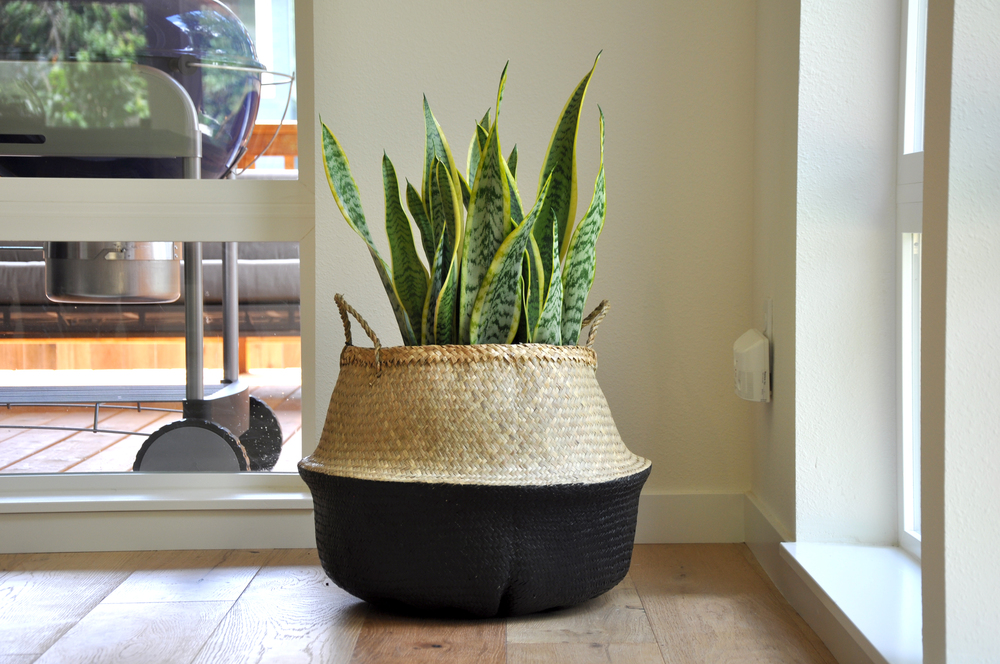
These guys are hard to kill, only need to be watered when dry and can grow for decades. When snake plants are kept in dim light, or in a space that will be frequently air-conditioned it is important to only water them when you can feel the soil is dry. This will prevent root-rot, you’ll know if your plant has root-rot because the soil will start to smell like rotten eggs. An easy way to check if plants need to be watered is to stick your finger in the soil, about up to the knuckle, if you don’t feel any moisture, it’s probably time to water the plant. To avoid splash back, water gently down the side of the leaves (this also cleans them). Another great fact about snake plants is that they are not considered toxic to cats & dogs- if they are ingested they will only cause minor stomach upset. I have never known a dog to eat a plant but apparently, cats do, probably because they are jerks. Because these plants will survive in low light, they look amazing in baskets, as pictured above, or below a console table or on a bottom shelf.
2. Fiddle Leaf Tree (Ficus Lyrata)
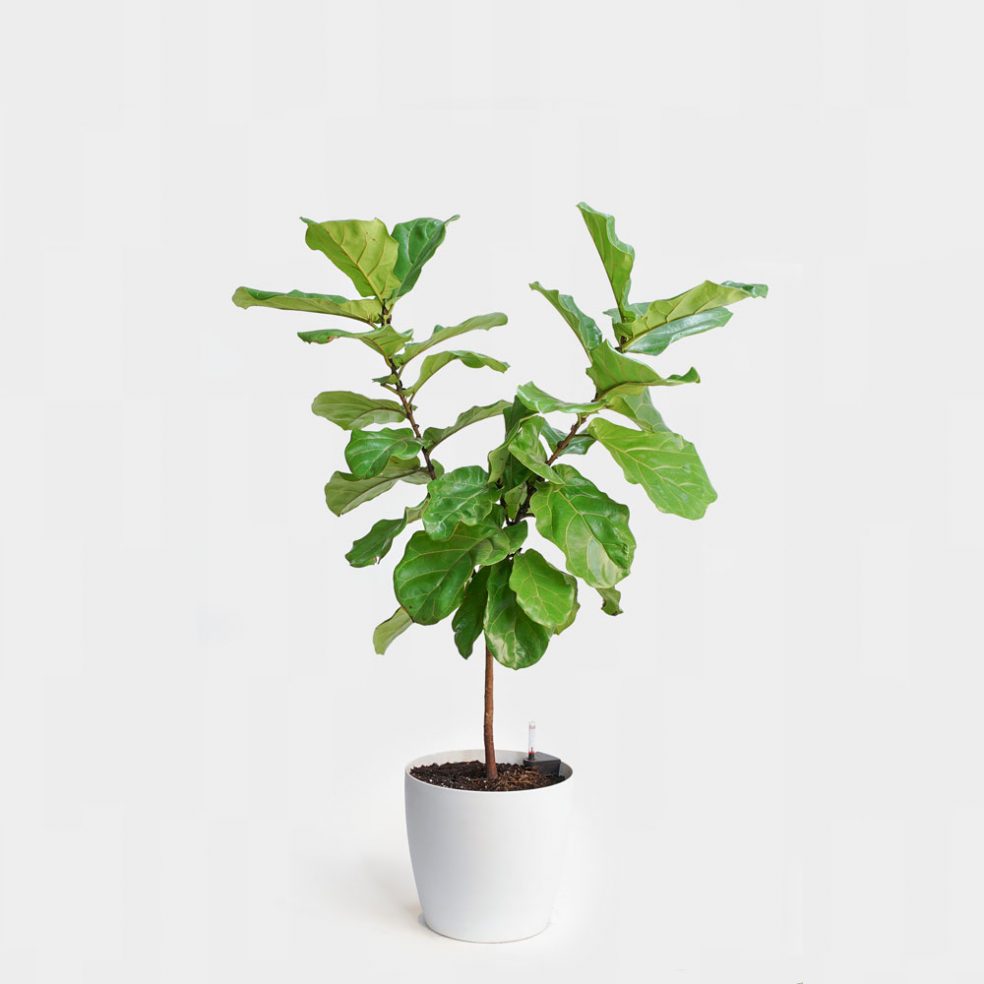
This plant (tree…I guess) is REALLY, popular. With good reason, it’s so high-end looking, which is a strange way to describe a plant but it somehow works. They love spaces with high but not direct light, need to be watered about once a week and grow to be between 5’ to 7’ feet. This plant lets you know how it’s doing by how fast it grows, if the tree is healthy it should double its size within the first 6 months you own it, if it’s not doing too well the leaves will start to turn brown and fall off. In the winter, it should grow slowly but it won’t lose its leaves. It really brightens up a space and is a piece of statement furniture. Make sure it’s in a planter with a water-catch at the bottom to prevent the soil or the pot from getting moldy. This plant is also known to remove allergens from the air so it’s great for people with allergies & asthma. Since the leaves are so big they do tend to get dusty- and it’s important to clean them as dust prevents the plant from taking in oxygen and it can start to die. These plants look amazing flanking a doorway/entrance to a room.
3 Split-Leaf Plant, Swiss Cheese (Philodendron)
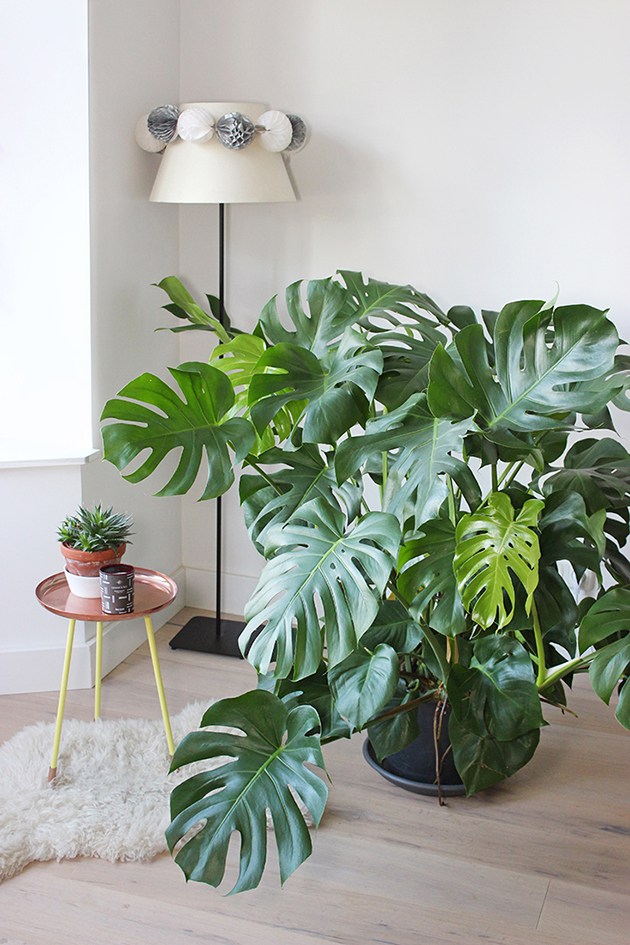
This plant has a special place in my heart, it only likes consistent medium light and HATES to be moved, it will literally revolt if it’s moved from its spot, this plant does not like change and how relatable is that? Split-leaves are known to remove large amount of formaldehyde and other pollutants from the air- which is amazing but also makes them highly toxic to fur babies and actual babies. This plant will turn yellow if not getting enough light or if it’s being over-watered. The stems should be firm and not squishy at all- if the stems are squishy it’s being watered too often; every 7-10 days is fine for this plant. They can grow wide! Which I think looks amazing but if you’re limited with space, staking the stems will prevent the plant from growing width-wise.
4 Cast Iron Plant (Aspidistra Elatior)
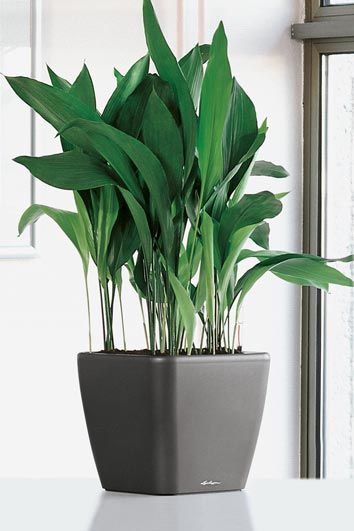
This plant really lives up to its name, it can survive in low light and in almost any temperature. It’s slow growing so keep that in mind when buying ones that are on the smaller size, because it’ll stay that way for a couple of years. The tall ones are striking! You can find them at nurseries easier than you can find them at your local corner store. It doesn’t like to be re-planted which is fine, because I’m sure we all have better things to do anyway. Much like the snake plant, it only needs to be watered if the soil feels dry. This plant is also great at removing toxins from the air but remains non-poisonous to people and pets. You can cluster a few together to get a dramatic pop of green in your space.
5 Bonus: Hydroponic Gardening
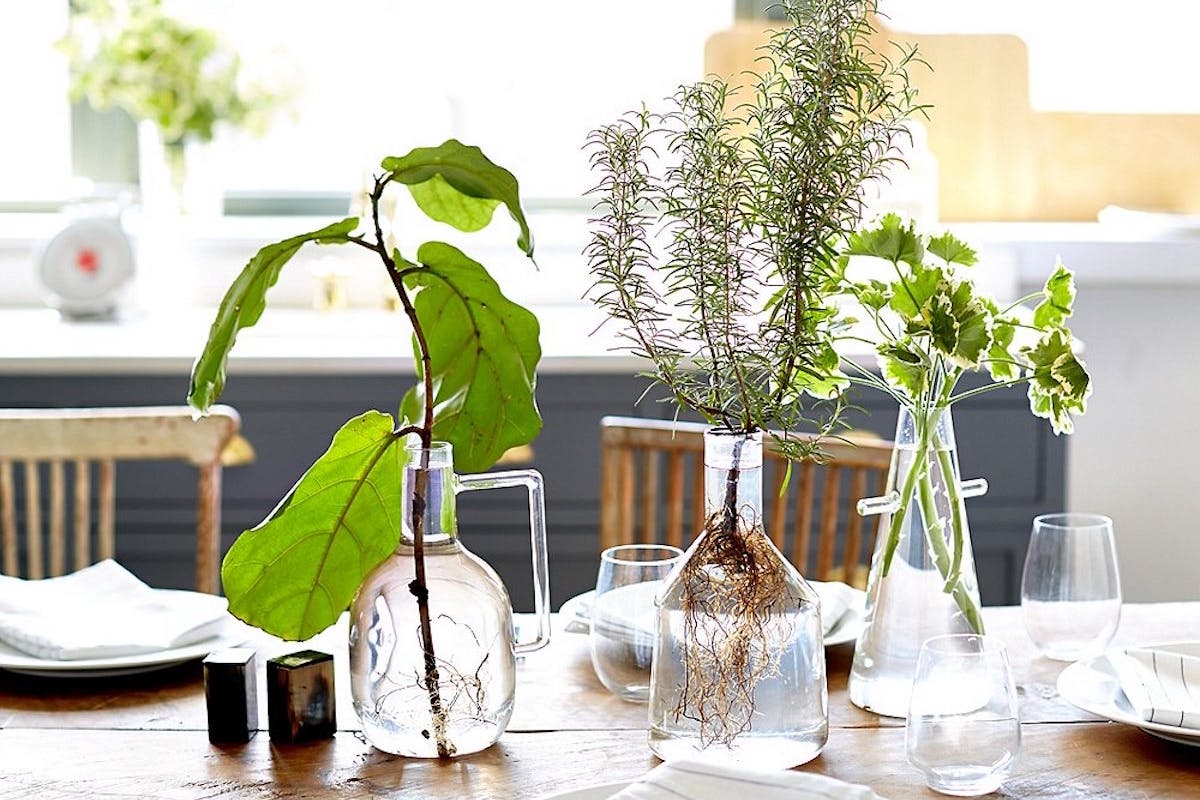
This trend seems to be popping up more and more. English Ivy, Fiddle Leaves, Begonias, Spider plants, Jade & Peace lilies and most herbs will grow and thrive in just water. Soil is messy and can carry pests so this is an awesome alternative to try. It may take some practice (and the purchase of some plant food). But it’s an inexpensive centerpiece and a cool conversation starter.
Keeping it green,
Susan Malicki
Glorious Gold!

Well, we thought this trend might come and go, but the strength of warm gold metals keeps growing stronger and shows no sign of waning. From decorative accents on furniture to full finishes, this luxurious detail is so much more than what we remember from the 80’s.
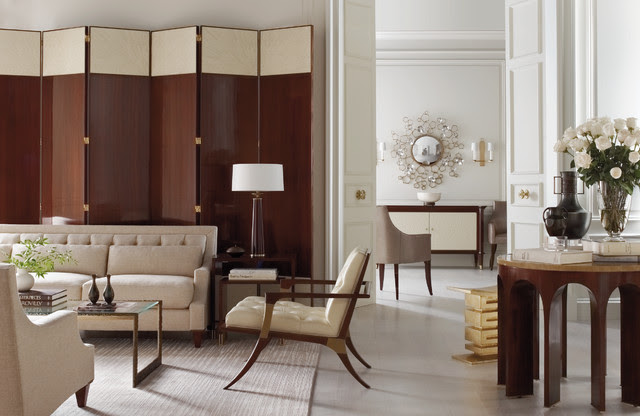
One of the most noticeable differences is the fact that gold metals are not as polished as they were a few decades ago. Although they are definitely showing in high polished finishes in certain uses, the matte or living finishes seem to be far more popular. Their softer appearance has a broader appeal, and adds a touch of elegance wherever they appear.
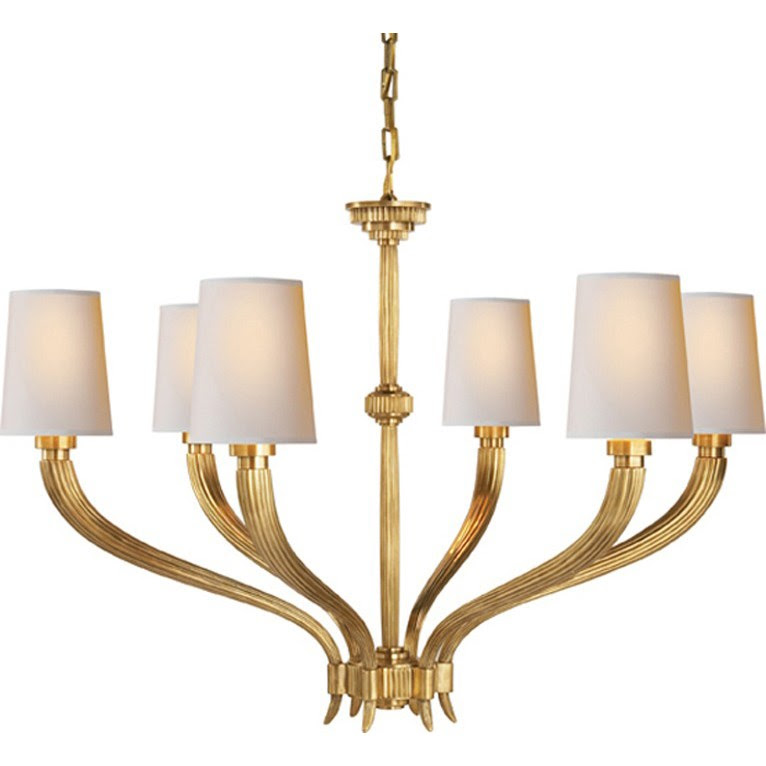
Throughout history, brass and gold metals have been a design staple in everything from lighting to furniture and mirrors to decorative accents. Like everything, it has morphed and changed and continues to do so, but an oldie is definitely a goodie.
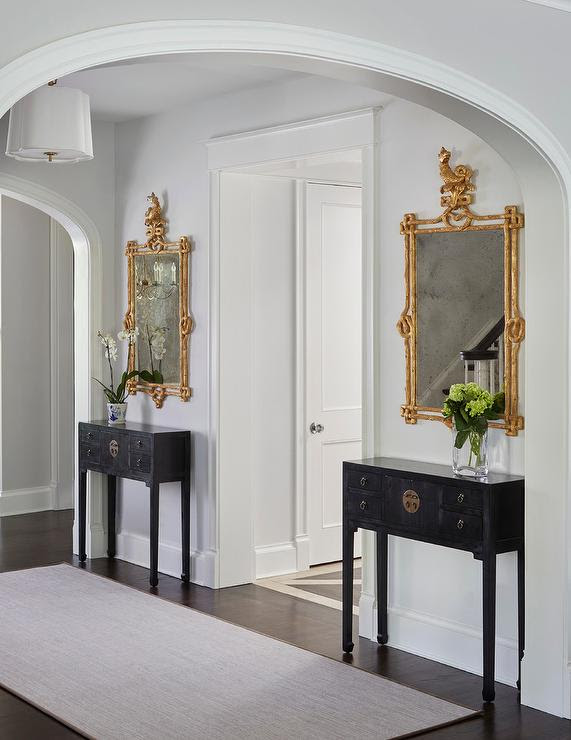
Adding to the success of gold metals is their usage with light and neutral palettes. Whereas silver metals can often cool a neutral space down, the mix of light toned textures combined with soft golds looks very warm and inviting. It can also create a dreamy feminine aesthetic with just a few simple accents. Throw in a dash of pink and you have a modern space to die for.
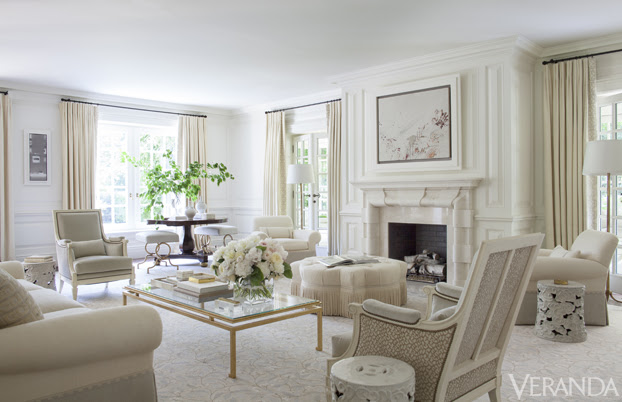
Even in spaces like the kitchen and bathroom, gold has found a place to succeed. Faucets and hardware, lighting and tile are all showing this trend, and prove how effective and impactful even the smallest addition of gold can make.
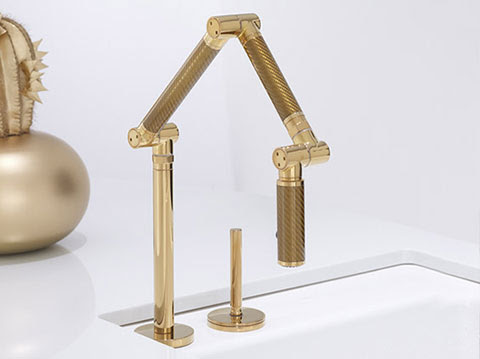
So even though it may still not be your chosen finish, gold is here to stay and I, for one, am VERY happy about that!!
Yours in design,
Andrew
